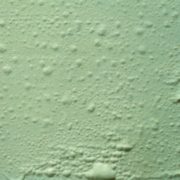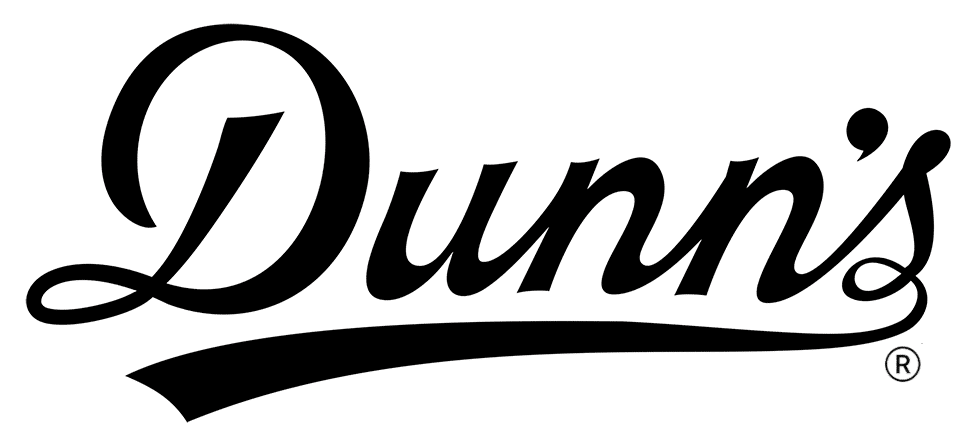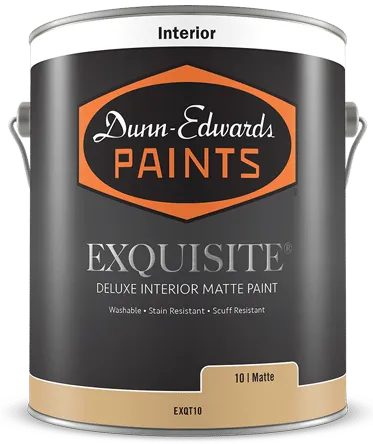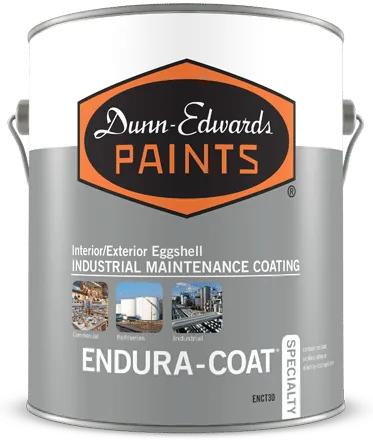Blistering
Definition
Paint blistering occurs when the paint film lifts from the surface below, forming visible blisters or bubbles in the paint. This is usually caused by heat, moisture, or both, and can eventually lead to peeling if left untreated.

WHAT IS PAINT BUBBLING?
Paint bubbling is another term for blistering paint. It refers to air or liquid pockets between layers of dried paint. These paint bubbles can pop, leaving behind marks or holes. Bubbling paint often occurs in areas with poor ventilation, excess moisture, or surface contamination.
WHAT CAUSES PAINT TO BLISTER?
Understanding what causes paint to blister can help prevent the issue. Common reasons include:
- Painting in direct sunlight or on a hot surface
- Applying oil-based or alkyd paint over a damp surface
- Exposure to dew, humidity, or rain before the paint cures
- Moisture coming through interior walls (bathrooms, kitchens, laundry rooms)
SOLUTIONS TO PAINT BLISTERING
The first step in how to fix blistering paint is to identify the cause: moisture or heat. To do this, break open a blister and inspect the underside:
- If only the newest coat of paint is blistered, the blister was probably caused by heat.
- If the peeled blister contains several coats of paint and the bare surface is exposed, the blister was probably caused by moisture.
FIXING PAINT BLISTERING CAUSED BY HEAT
- Scrape, sand, or pressure-wash the bubbled paint down to the primer or surface
- Repaint the surface with a high-quality interior or exterior paint (make sure the surface temperature is below 90º F)
- Find the best paints suited for your project.
FIXING PAINT BLISTERING CAUSED BY MOISTURE:
- Repair loose caulking and improve ventilation of the building to prevent a recurring problem.
- Remove paint blisters by sanding down to the bare surface.
- Prime all bare areas with a high-quality primer.
- Repaint the surface with a high-quality paint in the desired finish.
VISUAL SIGNS TO WATCH FOR
These symptoms are the first clues if you’re asking, “Why is my paint bubbling?”
- Slight texture changes that appear uneven or bumpy
- Raised areas that look like soft or swollen patches
- Cracked or peeling spots that break open with pressure
- Soft blisters that feel loose when touched (these are bubbles under paint)
- Visible paint bubbles that distort the surface and signal deeper issues
HOW TO PREVENT PAINT BLISTERING
Avoid paint problems by preparing the surface correctly. Here are key ways to prevent paint blistering:
- Clean the surface and let it dry completely before painting.
- Use a primer that matches the surface material.
- Do not paint when it is too hot or too humid.
- Keep indoor areas well-ventilated to lower moisture levels.
- Understand why paint bubbles so you can stop it before it starts.
- Avoid conditions that cause bubbling under paint, like trapped moisture or poor airflow.
Product Recommendations
Primer
Desired Finish
Recommended Primer
Natural Wood
Synthetic Wood
Ferrous Metal
BLOC-RUST® Premium Interior/Exterior Rust Preventative Metal Primer White (Water Based)
Non-Ferrous Metal
Exterior
Surface
Recommended Product
Satin/Low Sheen
Please note that these suggestions are provided as a service to you. We are unable to guarantee or be responsible for the results obtained by these procedures. If you have additional questions, ask any of our expert sales associates.






